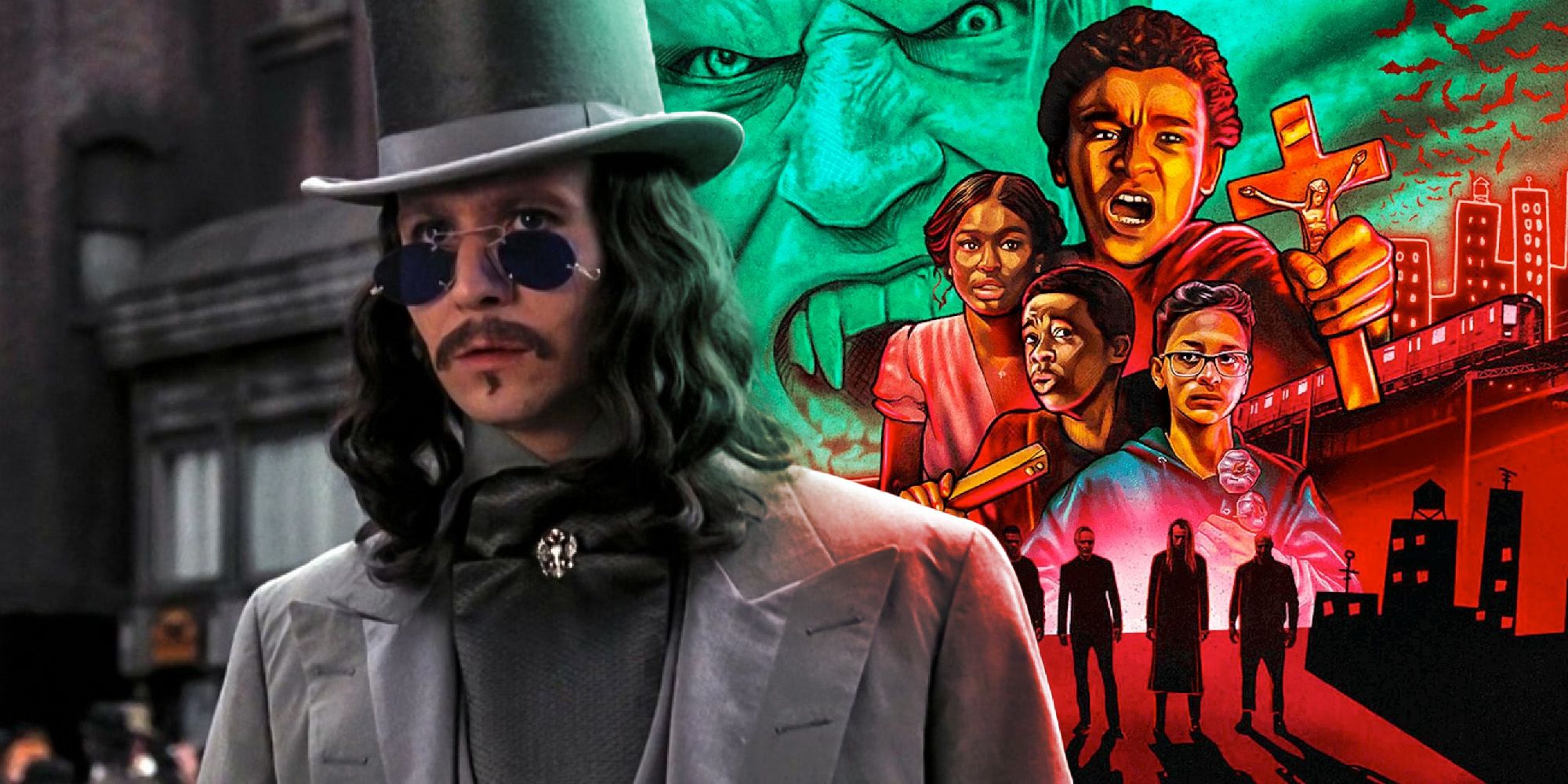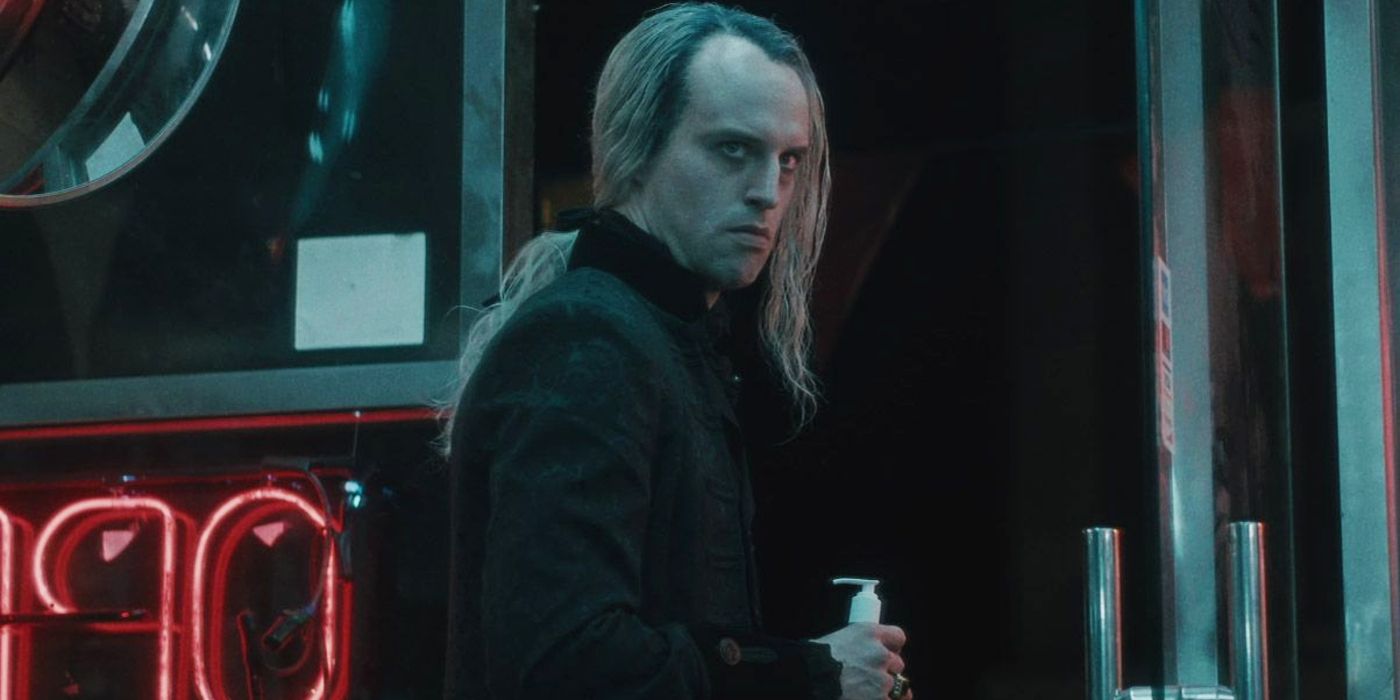On the surface, Vampires vs. The Bronx looks like a modern, diversity-focused spin on classic vampire movies from the 1980s such as The Lost Boys and Fright Night. However, the depth of its vampires-as-gentrifiers social message travels all the way back to the days when Bram Stoker first published Dracula. The film reinterprets and updates the idea of vampires being a symbol of the corrupt elite class while subverting Stoker's warnings about foreign invaders.
Vampires vs. The Bronx follows a group of young teenagers trying to save their beloved local bodega from being priced out by the incoming wave of gentrification. Unfortunately for the boys, the shady real estate developers who are the brains of the scheme turn out to be creatures of the night trying to literally suck the life out of the neighborhood. As the group researches vampire lore by intently watching Blade, there's a sense that the movie is taking cues from kid-centric horror adventures like the cult classic, Monster Squad, but rest be assured that its story toys with vampire tropes that were established long before the 1980s.
Although all manner of bloodsucking monsters have existed in mythology for centuries, Bram Stoker's Dracula certainly popularized the modern conception of a vampire. Elegantly sinister and full of class, the concept of Stoker's Dracula was a foreign aristocrat bent on using his vast fortune to expand his dinner options. In this way, Dracula contains satirical wit within its horror, conjuring images of the rich and elite as literal bloodsuckers. Count Dracula wasn't just wealthy, either. He was also a foreigner from the then-strange and exotic land of Eastern Europe, looking to invade the streets of London and expand his malevolent empire.
Considering that the most famous vampire of them all started off as a metaphor for the parasitic attitudes of the upper crust, it only makes sense that the next logical progression is to turn these bloodsuckers into slimy businessmen in the current, socially conscious age of horror. The real estate aspect isn't entirely new, either, though, as the villain in Stoker's novel is trying to purchase property in London so he can keep a steady supply of food. Likewise, Vampires vs. The Bronx presents a property development company looking to turn The Bronx into a feeding ground. It all contributes to the vampire's image as a greedy elite, a creature as determined to gain power and influence as much as it is on feasting.
On the other hand, Vampires vs. The Bronx also flips Stoker's immigrant vampire on its head, portraying the white gentrifiers as the foreign invaders and the mostly black and Latino community in the Bronx as both victims and heroes. In this way, the film both manages to re-appropriate what is, by today's standards, a xenophobic idea while still maintaining the general essence of the hostile outsider. To the residents of the neighborhood, the snarling, bougie white folks turning apartments into luxury condos and bodegas into trendy eateries (serving more than just kale and kombucha) might as well be a Carpathian horde from Transylvania.


